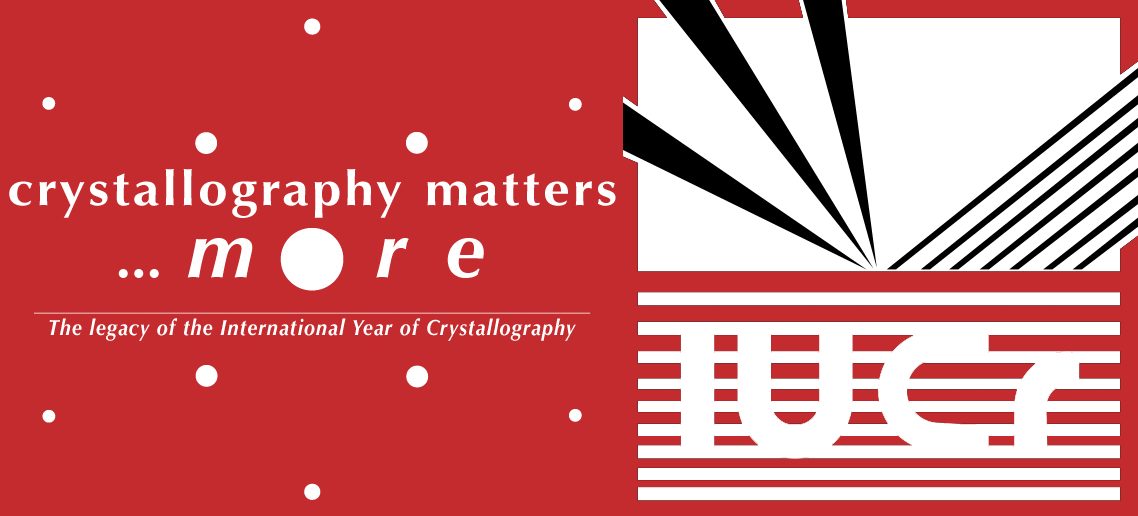issue contents
August 2022 issue

Cover illustration: The asymmetric unit of the three-dimensional metal–organic hybrid compound poly[bis(μ2-N,N-dimethylformamide-κ2O:O)bis(μ4-thiophene-2,5-dicarboxylato-κ4O:O′:O′′:O′′′)dicobalt(II)], [Co2(C6H2O4S)2(C3H7NO)2]n, comprises two cobalt(II) cations, one residing on a twofold axis and the other on a centre of inversion, one thiophene-2,5-dicarboxylate (tdc2−) ligand and one coordinating dimethylformamide (DMF) solvent molecule. Both of the cobalt(II) cations exhibit an octahedral coordination environment from the four carboxyl O atoms of the tdc2− anions in a μ4-κ1:κ1:κ1:κ1 fashion and two O atoms from DMF. A pair of carboxyl O atoms and one DMF molecule connect the adjacent cobalt(II) cations into an infinite chain, leading to a rod-spacer framework with rhombus-window channels, yet no residual solvent-accessible voids are present because the coordinating DMF molecules are oriented into the potential channels. See: Ren, Huang, Yin & Cao [IUCrData (2022). 7, x220775].
metal-organic compounds


 access
access

 access
access

 access
access

 access
access

 access
access

 access
accessorganic compounds


 access
access

 access
access

 access
access

 journal menu
journal menu




















![[publCIF]](/logos/authorchecklist11.gif)





